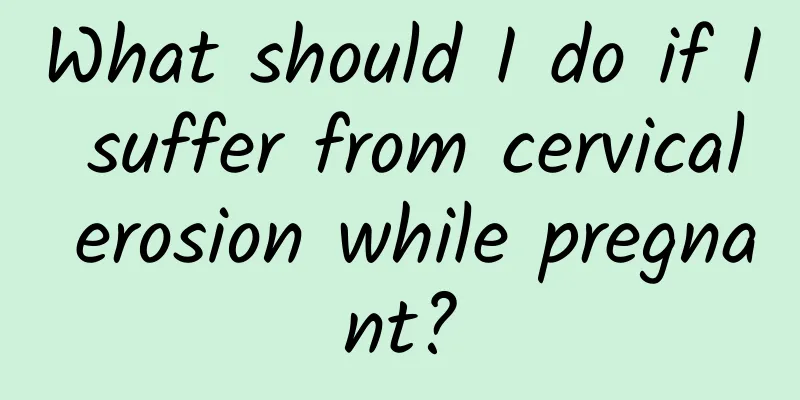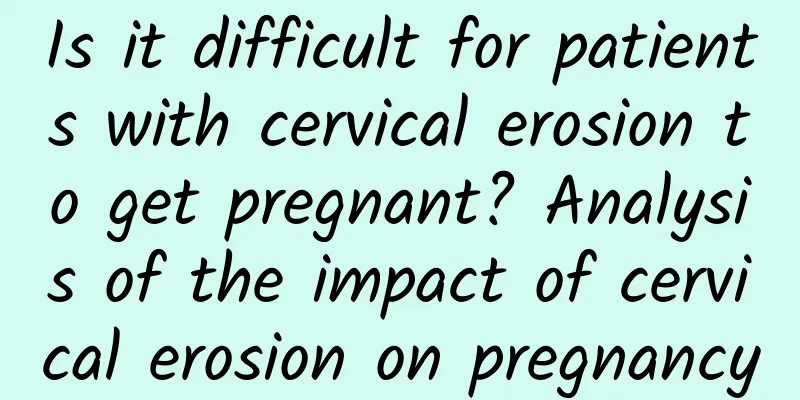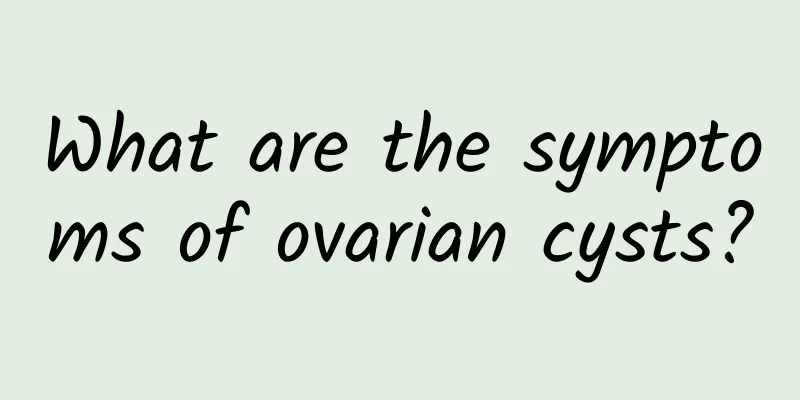Can cervical polyps be left unremoved?

|
Whether cervical polyps need to be removed depends on the symptoms and individual patient conditions. Asymptomatic and small polyps can be temporarily observed, but should be removed promptly if abnormal bleeding or discomfort occurs. Treatments include observation and follow-up, drug therapy, and surgical removal. 1. Observation and follow-up For cervical polyps that are asymptomatic or small in size, your doctor may recommend regular follow-up observation. Such polyps usually do not cause serious health effects, but their changes still need to be monitored through gynecological examinations, B-ultrasound, etc. If the polyp size is stable and asymptomatic, surgical intervention may not be required. 2. Drug treatment Drug treatment is suitable for patients with mild symptoms or who are temporarily unable to undergo surgery. Common drugs include hormone drugs, such as progesterone or estrogen, which are used to regulate hormone levels and control the growth of polyps. Anti-inflammatory drugs such as ibuprofen or acetaminophen can be used to relieve pain and inflammation. Traditional Chinese medicine such as angelica and motherwort can also help regulate the function of the female reproductive system. 3. Surgical resection For polyps that cause abnormal bleeding, increased secretions, or are large in size, surgical removal is the most effective treatment. Common surgical methods include polypectomy, transurethral resection of the cervix, and cryotherapy. Polypectomy is a simple gynecological surgery to remove polyps and is suitable for single polyps. Transurethral resection of the cervix uses an electric excision loop to remove polyps and is suitable for larger or multiple polyps. Cryotherapy destroys polyp tissue through low-temperature freezing and is suitable for patients who are not suitable for traditional surgery. Treatment options for cervical polyps should be based on the patient's specific situation and doctor's advice. Regular gynecological examinations and timely medical treatment can help detect and treat problems early. Maintaining good living habits, such as regular work and rest and a balanced diet, can also help prevent the occurrence of cervical polyps. |
<<: Why does functional uterine bleeding vary from time to time?
>>: Can I drink Astragalus water during menopause?
Recommend
Experts teach you how to correctly understand Trichomonas vaginitis
As people's living standards improve, more an...
How to check pelvic effusion with abdominal pain
How to check for pelvic effusion accompanied by a...
What are the symptoms of premature ovarian failure?
Premature ovarian failure refers to the decline o...
What should I eat after an abortion to recover quickly? What medicine should I take after an abortion?
What to eat after abortion to recover quickly Whe...
Training muscles = destroying muscle tissue? Fitness trainer says
If you want to build strong six-pack muscles, you...
Hyperprolactinemia detected after pregnancy
Hyperprolactinemia is a disease that occurs in bo...
Which is more harmful, induced abortion or artificial abortion?
Which is more harmful, induced abortion or artifi...
Fasting 2 days a week is the ultimate trick of the 3D fat-loss diet! Nutritionist successfully lost weight without reducing breast size
Want to lose weight without losing breasts? It is...
How long does it usually take to regulate blood stasis amenorrhea?
Generally, it takes several months to half a year...
What bad living habits cause irregular menstruation?
Irregular menstruation is a common gynecological ...
4 tips for losing weight and managing your body weight
During the New Year’s Day holiday, I gained weigh...
What a big misunderstanding! White rice and meat are not the natural enemies of weight loss
Habit 5: White rice and meat are not enemies of w...
Is endometrial tuberculosis difficult to cure?
In daily life, women need to pay attention to the...
Is pelvic effusion 4.3*1.8 normal?
Pelvic fluid effusion of 4.3cm*1.8cm may be norma...
6 key points of intermittent fasting weight loss method
The weight loss method of "fasting with 500 ...









